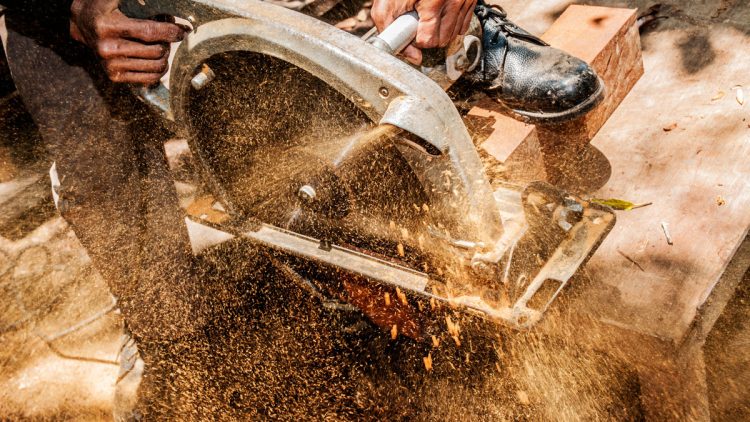Types of Saws
Whether you are a I’ll fix it on the weekend, a woodworker, or a seasoned professional, the tools you decide to purchase can make or break a project. However, it’s not only about the tools—it’s about how they work out your biggest hindrances, make your workflow more streamlined, and help you produce improved craftsmanship.
In this guide, we go beyond just listing saws.
We are going to break down why these saws matter, how they are going to impact your work, and even what to look for when purchasing them—so you’re not throwing money away on the wrong gear.
Below are just a few of the types of saws
Keep reading to learn more!
Handsaw
“Basic” Handsaw This is the most identifiable and the simplest of all of saws to operate. It works on all types of wood but is best for “soft” woods. Can be used for making all types of cuts.
Hack Saw
This type of handsaw features a fine-toothed dispensable blade on a “C”-frame. It is commonly used for sawing plastics and metals.
Japanese Saws
This type of saw features a slimmer blade with ripped teeth on one side and crosscut teeth on the other. These saws are more typically found in making furniture or fine woodworking situations.
Coping Saw
This uncomplicated yet useful cutting tool comprises of a thin dispensable blade in a “C”- frame that utilizes exchangeable blades for both woods and metals. It can cut tight diameters; however, perhaps its most useful attribute is the ability to take the blade out and thread it through a pre-drilled hole to cut the inside profiles.
Jigsaw/Reciprocating Saw
If you have ever needed to cut a customized shape out of a sheet of plywood or possibly plastic, this is a perfect saw. If an ideally straight line is what you require, then leave this saw on the work shelf. Despite being in the hands of a knowledgeable woodworker the blade is going to drift easily.
Circular Saw
This saw is the go-to for making rip and crosscuts. If you purchase only one power-driven saw, this is the one. When it is combined with saw guides it can make shockingly accurate cuts.
Table Saw
Ripping and beveling are the things table saws do best. It can be safely utilized to miter and crosscut using jigs and other equipment. Typically, not very portable, its versatility makes this one of the most functional tools in a woodworking shop.
Band Saw
These are the best saws for cutting shapes in wood, plastics or metal. The bandsaw is a workhorse for props and making furniture. Comparable to jigsaws, band saws can also drift if you’re not paying close enough attention to the line.
Miter Saw
The best saw for cutting meticulous angles and basic crosscuts. Miter saws are ideal for cutting customized angles, making these perfect for moulding and trim work.
Oscillating Saw
Its vibrating blade is beneficial for precise cuts within restricted spaces.
*Don’t forget, few saws are particularly designed for cutting flesh and bone, but most can if the opportunity presents it. Keep it safe!*
Types of Saw Cuts
- Rip cuts are cuts in the direction of the grain of the wood
- Cross cuts are cuts that cut across the grain of the wood at 90°
- Mitre cuts across the grain of wood different than 90°
- Bevel cuts at an angle different than 90° along the thickness of the material being cut
Woodworking Supplies Mesa by Timber Woodworking
Timber Woodworking offers hardwoods in Mesa, Arizona. We specialize in woodworking tools, equipment, and supplies for commercial woodworking cabinet shops or furniture manufacturers as well as the home shop hobbyist. Contact us today, or call if you should have any questions.

